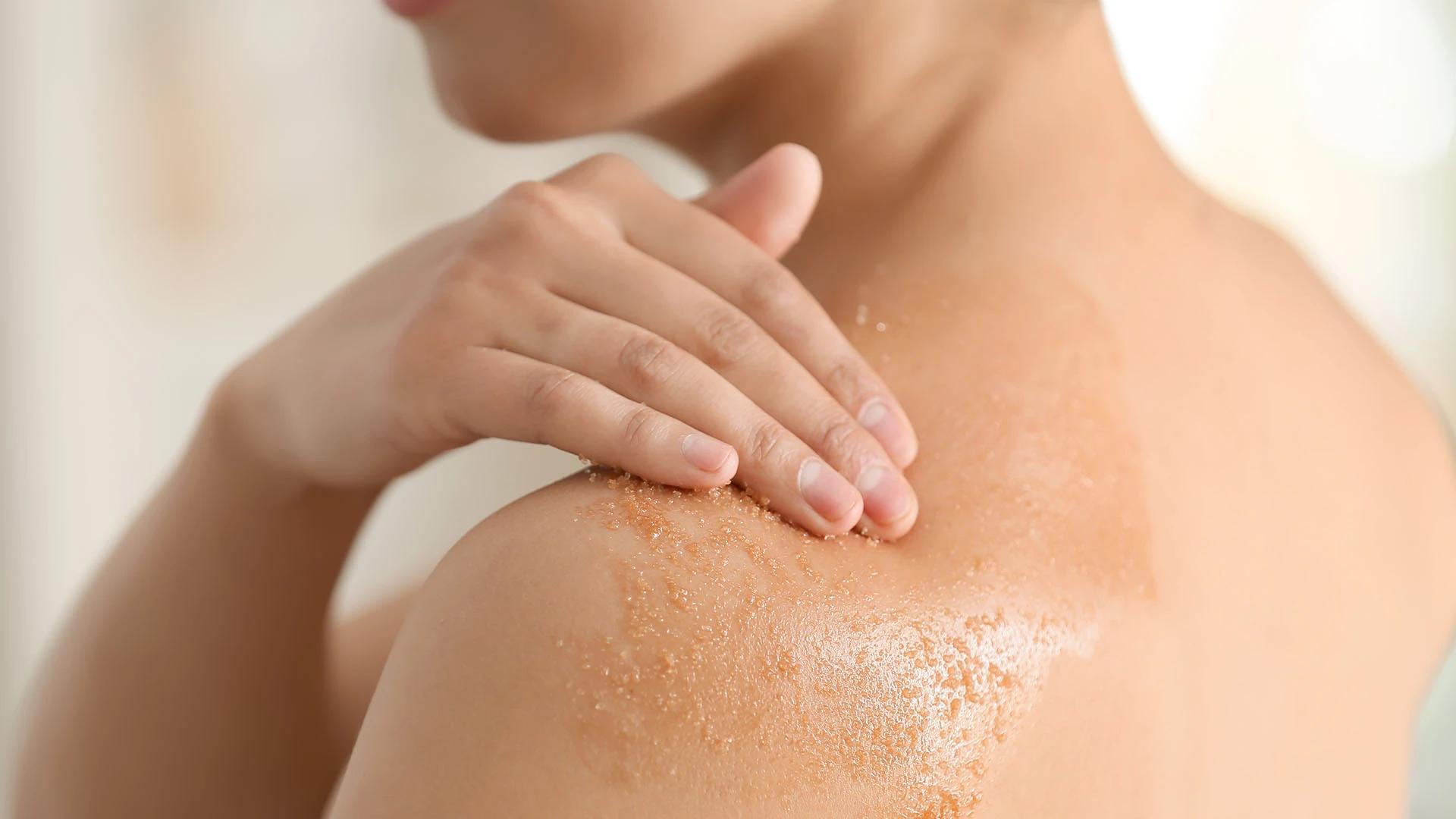FAQs on Dead Skin: Causes, Removal, and Prevention


 500 gm
500 gmAll Purpose Face Scrubs
Dead skin can feel like a hassle, but understanding it is a game-changer for achieving a healthy glow. In this guide, we dive into what dead skin is and why it matters, exploring how dead skin buildup affects your smooth skin goals. We’ll chat about everything from the science behind skin cell turnover to practical tips for dry skin removal. If you’ve ever wondered how to manage your skincare routine better or why exfoliation is such a hot topic, you’re in the right place. Let's break down these topics in a friendly, no-nonsense way, helping you discover your kind of picks when it comes to keeping your skin radiant.
Dead skin cells naturally make way for fresh ones through the process of skin cell turnover. But when dead skin builds up, it can leave your complexion looking dull and feel uneven to the touch. A regular skin cleansing routine and proper exfoliation help keep these layers in check, ensuring your skin remains vibrant and hydrated. Managing dead skin is an essential part of any skincare regime, especially if you’re aiming for a look that feels smooth and refreshed.
Several factors contribute to dead skin buildup, including aging, environmental exposure, and even a less than perfect skin cleansing routine. When you skip regular exfoliation, dead skin cells stick around longer than they should. Additionally, insufficient hydration makes it harder for skin cell turnover to work its magic, which is why a combination of exfoliation and hydrating skincare practices really pays off.
There are several common reasons why dead skin may start to pile up. Dry skin is a major culprit, as it lacks the moisture needed to naturally shed these cells. Skipping exfoliation or using overly harsh products can also leave your skin looking tired over time. Moreover, environmental factors such as pollution and UV exposure stress your skin, while certain skin conditions can disrupt the natural balance.
Whether your skin is oily, dry, or a mix of both, each type responds differently to dead skin buildup. Oily skin may clog up quickly if dead skin is not managed properly, whereas dry skin might struggle with rapid cell turnover without enough moisture and care. Tailoring your approach—like choosing gentle facial scrubs or natural exfoliants—ensures your skin gets exactly what it needs without any harsh side effects.
 100 ml
100 mlBump Eraser Exfoliating Scrub
Removing dead skin safely is all about choosing the right method for your skin type. There are a few approaches to consider, each offering its own benefits for smoother skin.
Using physical methods, such as facial scrubs, pumice stones, or dry brushing, is a popular way to slough off dead skin. These techniques provide a tactile boost to your skin cleansing routine, though it's essential to be gentle. Overdoing it might cause irritation, so a light touch is always recommended.
Chemical exfoliants like AHAs (such as Glycolic Acid) and BHAs (like Salicylic Acid) work by dissolving dead skin cells. They gently refine the skin texture without the need for abrasive scrubbing. Remember, safety tips include following directions closely and understanding your skin's tolerance levels.
If you prefer a more natural approach, there are plenty of DIY ideas out there. Ingredients such as oatmeal, baking soda, and even a splash of lemon water can work wonders as natural exfoliants. They’re especially kind to sensitive skin and offer a subtle, effective alternative to harsher methods.
 500 gm
500 gmD-Tan Scrub
A consistent routine can make a world of difference. Preventing dead skin buildup is all about harmonising exfoliation with hydrating skincare practices. Use methods that match your skin type and keep an eye on the balance between cleansing and moisture.
Staying moisturised is key. Incorporate products like moisturisers, serums, or even facial mists loaded with ingredients such as Niacinamide or Vitamin C to boost skin renewal. A good hydrating skincare routine makes your skin more resilient and less prone to dead skin buildup.
Sun exposure plays a big part in how quickly dead skin accumulates. UV rays can age your skin prematurely, so using SPF is a friendly reminder to shield your skin every day. Plus, antioxidants help counteract environmental damage.
A gentle yet effective skin cleansing routine prevents unwanted buildup. Keep your skin fresh by cleansing properly each day, so that dead skin cells don't mix with oils and pollutants.
 100 gm
100 gmD- Tan Face Scrub
Dead skin is a natural by-product of the skin cell turnover process, but factors like aging, environmental exposure, insufficient hydration, and skipped exfoliation can speed up its buildup. Skin conditions like eczema or psoriasis can also contribute.
You can manage dead skin with both mechanical and chemical exfoliation techniques. Facial scrubs, gentle facial cleansers, and natural exfoliants like oatmeal scrubs work well. Chemical options involving AHAs and BHAs are also highly effective.
Ignoring dead skin buildup can leave your complexion dull and uneven. It can also block the absorption of hydrating skincare products, potentially leading to clogged pores and less effective treatments overall.
Manually peeling off dead skin is not advised as it risks damaging your skin barrier. Instead, opt for gentle exfoliation techniques that allow your skin to renew naturally.
Understanding dead skin is crucial for anyone looking to up their skincare game. By adopting a balanced approach to exfoliation, hydration, and daily cleansing, you can keep your skin smooth and glowing. Remember, the trick is in picking methods that work best for your skin type and sticking with a routine that feels right.
| Exfoliation Method | Pros | Cons |
|---|---|---|
| Mechanical Exfoliation | Immediate results, easy to incorporate into routine | Risk of irritation if overused |
| Chemical Exfoliation | Gently dissolves dead skin, even application | Requires careful use to avoid sensitivity |